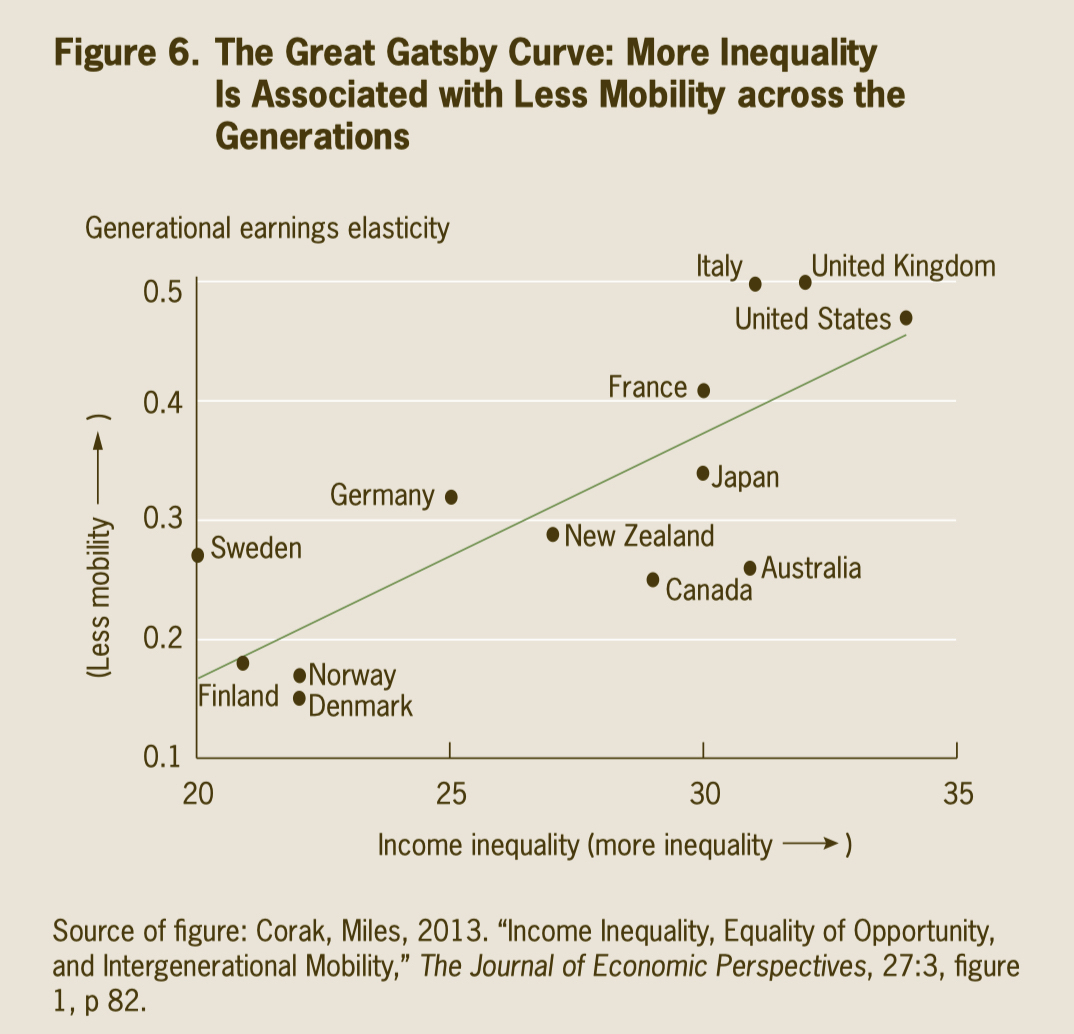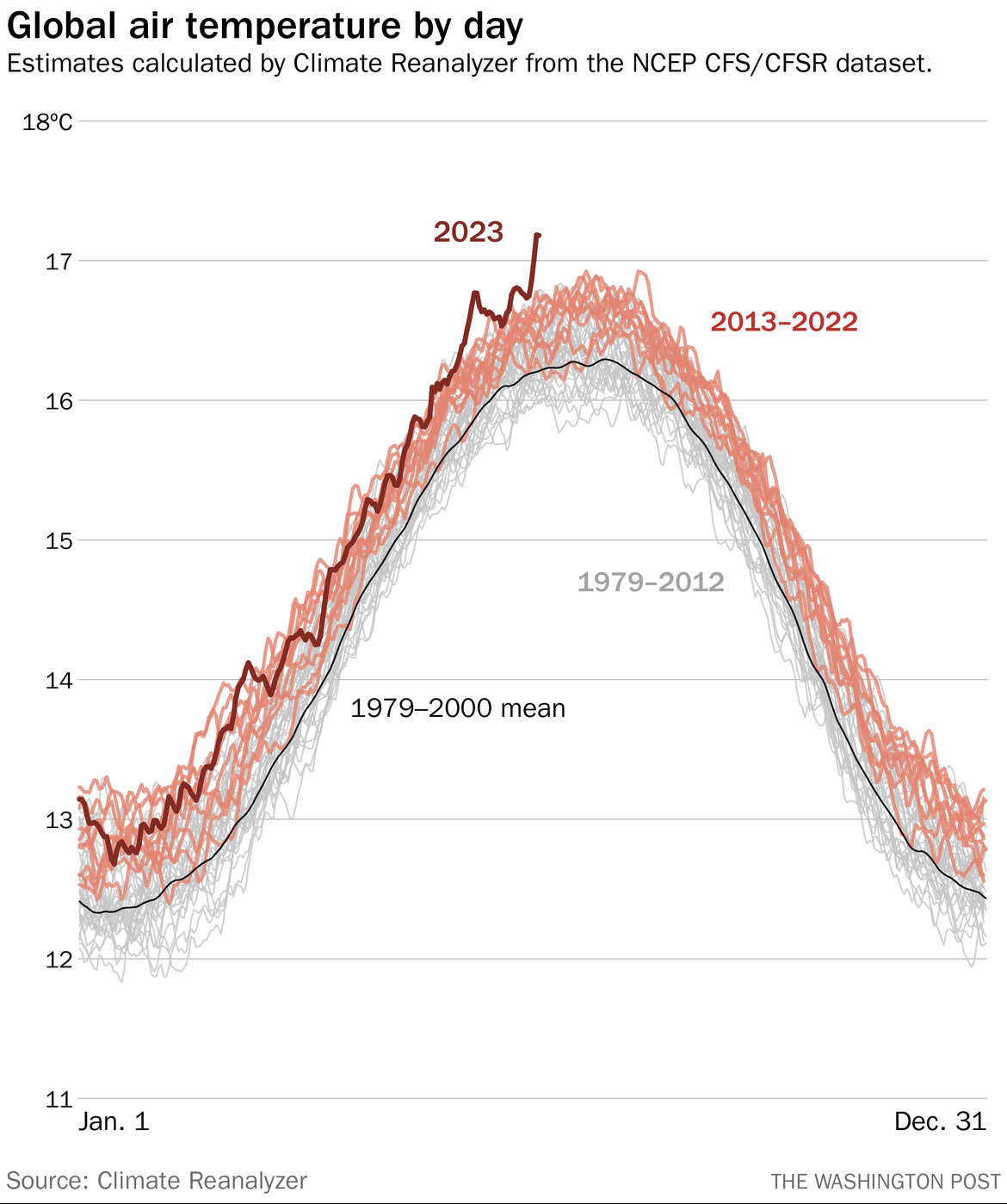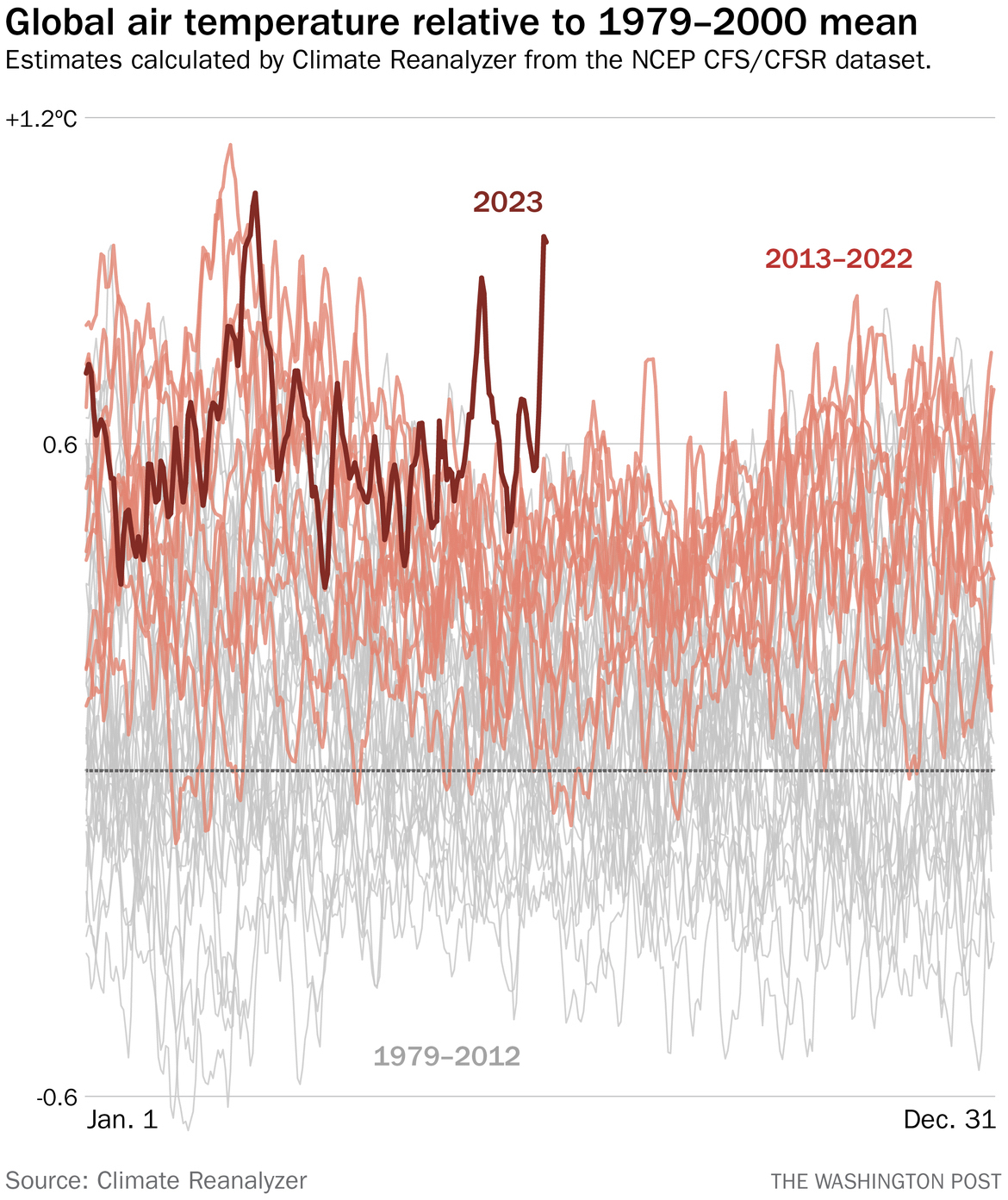001 Not-so-random samples from the Stochastics Lab
Means and medians are not thrilling to think about.
Standard deviations are … well … standard.
And outliers are just dots on a graph without the story that lights them up.
I empathize with students who do not like Stat classes because, frankly, I was one of them.
As a graduate student, when people would ask me what I was studying, I would say:
“Probability … but NOT Statistics”
When they would seek clarification, I would steal a quote from Greg Lawler who led off a lecture series with the quip:
“If you flip a coin 10 times, a probabilist will tell you how likely it is that it will come up heads all ten times. A statistician, having seen the coin flipped heads ten times in a row, will tell you how likely it is that that was a fair coin.” He was drawing a distinction between what mathematicians call a forward problem and an inverse problem. In the forward problem, we articulate a mathematical model for some kind of game or experiment, and then do our best to describe the possible outcomes. Each outcome, or distribution of outcomes, results from a particular tuning (parameter setting) of the mathematical model. The inverse problem looks first at an outcome, and then assesses what parameters might have led to that outcome.
For a musical analogue, think of the many possible tunings of strings on a guitar. If you set it to the standard tuning and start strumming it will sound like a bit of dissonant chaos. But just as easily you can tune it so that it produces your favorite chord. The forward problem is knowing that C-G-C-G-C-E will give you the sound you want, your musically proficient friend walks in the room and solves the inverse problem “Hey, nice open-C tuning!”
When randomness is involved, it is common that many, if not all, parameter settings can produce the observed outcome. Then the goal is to make assessments about which parameter setting is most likely, or … in Greg Lawler’s coin flip story … tell you whether you can safely reject the default (or null) hypothesis that a coin toss you are observing is being conducted fairly.
Why am I telling you this?
Two reasons.
- It was really dumb of me to reject studying statistics as if it is some kind of rival to probability. My usual self-deprecating conclusion to the quip was “So statisticians are far more useful to the work, but they can’t do what they do without us probabilists doing the dirty work.” Statistics work is plenty dirty, and plenty mathematically noble, as it turns out.
- Mathematicians are thrilled by little just-so stories like this: the overly simple toy that nevertheless captures the spirit of much more complex problems, coupled with a sprinkling of analogues to music theory. However, “regular people” — the people who populate our classrooms and pay tuitions and pay taxes and work and write and think and invent and VOTE both in the ballot box and with their feet — regular people are not charmed by these stories in the same way.
What do regular people say when they hear stories about coin flips and guitar tunings? When am I ever going to use this? And in that sentiment, they are absolutely right.
So with this in mind, I have committed myself to creating a new introductory stats class. Like all new things, there is nothing new about it at all. Every conceivable permutation of topics has been trotted out, celebrated for some amount of time, and then maligned and undermined into oblivion. It seems and ultimately IS futile to think that there could be anything new to bring to the table in a statistics classroom, and yet, I have decided to do so … simply because I don’t like the way we’re doing things right now.
So here we go: daily dispatches from the Stochastics Lab in New Orleans, Louisiana, in the development of a new course, Statistics for Citizenship, with a sprinkling of other thoughts-in-progress too.
This will be all off-the-cuff. An hour a day. No editing or cross-linking. Inadequate citations and footnotes. Not a series of academic publications, or crafty expositions. I don’t have time for that.
I am, however, someone who really cares about getting this right, and I want to think this throughly. In real time. Building up and then tearing down case studies in search of a handful that genuinely connect. Incorporating in-class numerical experiments as a means of experiential learning; developing an evaluation scheme that motivates engagement without being either a carrot nor a stick; finding a way to inspire genuine statistical thinking while making mathematical tools not a pre-requisite, but a resolution for a natural desire to make good honest data-informed decisions.
That paragraph sounds insanely buzzy. I don’t like it either.
But every word has direct support in at least one of the 42 (yes, forty-two) (omg, really? FORTY-two?!?!) in-class worksheets (lab studies? stat adventures? mathematical expeditions?) I have set out to develop.
Here we go …










